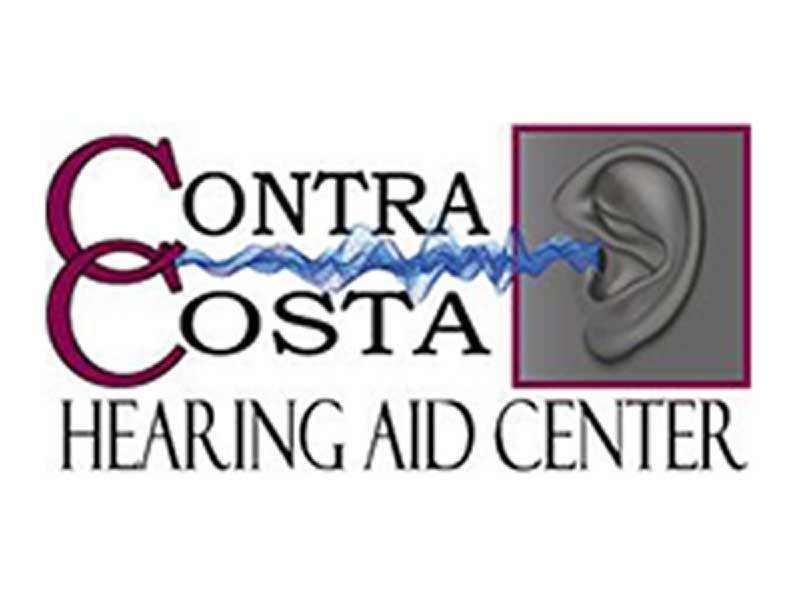Vertigo – the perception of movement where the individual or the individual’s surroundings seem to whirl about – is, for most people an undesirable event. The feelings of vertigo occasionally include spinning or falling sensations and dizziness. When vertigo impacts balance, it may lead to falls and accidental injuries – especially in the elderly. More severe cases of vertigo can also cause vomiting, nausea, migraines, visual irregularities known as nystagmus and fainting.
Vertigo can have several causes, but one of them is related to hearing – benign paroxysmal positional vertigo, or BPPV. BPPV arises as the result of naturally-forming calcium crystals known as otoliths or otoconia, that typically cause no issues. In individuals who suffer from benign paroxysmal positional vertigo, however, these crystals become dislodged from their normal location and travel into one of the semicircular canals of the inner ear that govern our sense of balance. When this happens, and the individual with BPPV changes the orientation of their head relative to gravity, these crystals move around, and cause an abnormal displacement of endolymph fluid, which results in vertigo.
Benign paroxysmal positional vertigo can be brought on by such common actions as turning or tilting your head, looking up and down, and rolling over in bed, and is characterized by the transient (paroxysmal) nature of the episodes. These symptoms can be worsened by sleep disorders, anxiety, or changes in barometric pressure, such as before rain or snow. Although benign paroxysmal positional vertigo can begin at any age, it’s more common in people over 60 years of age. The initial trigger for the BPPV is generally hard to determine. A sudden blow to the head (such as in a motor vehicle accident) is among the more common causes.
BPPV is differentiated from other forms of dizziness or vertigo in that it is almost always brought on by head movements, and in that its symptoms usually decrease in less than a minute. Physicians may diagnose it by having the individual rest on their back and then tip their head to one side or over the edge of the exam table. More substantial tests can be used in certain cases including electronystagmography (ENG), videonystagmography (VNG) and magnetic resonance imaging (MRI). VNG and ENG test for abnormal eye movements while MRI is used to rule out other potential causes of vertigo such as brain abnormalities or tumors.
BPPV is typically treated using a method called canalith repositioning which guides the crystals to a position in the inner ear where there are less bothersome using a sequence of physical motions. Two forms of canalith repositioning that may be used are the Epley maneuver and the Semont maneuver. Surgical treatment is a possibility in the exceptional cases in which these therapies are not effective. Visit your health care provider if you have experienced symptoms which sound as if they could be related to BPPV, particularly if they last for more than a week.
